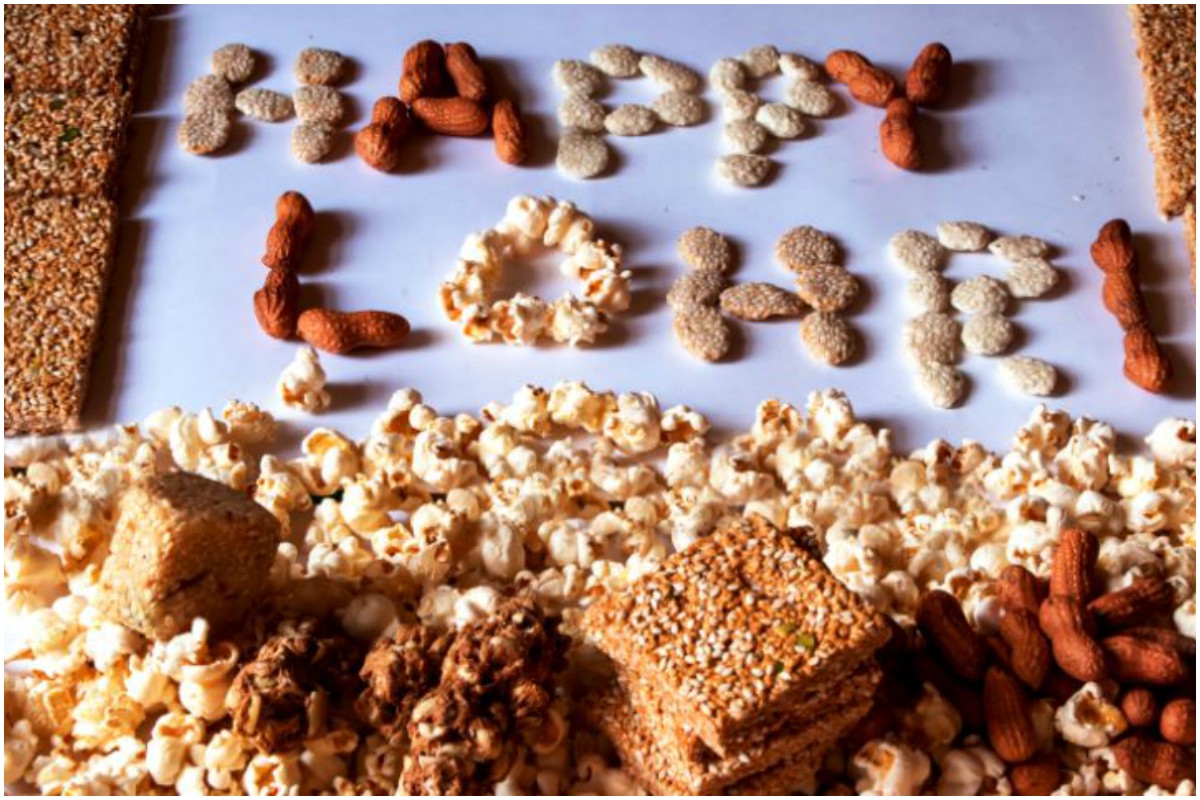Onam 2023: Kerala’s capital city decked up with lights, streets illuminate traditional and cultural gaiety
With the onset of the traditional harvest festival Onam, the state capital is celebrating the festival with traditional gaiety with…
The discussion of Lohri is incomplete without winter foods that are cooked and celebrated on this day. The traditional Punjabi menu on this day includes sarson da saag and makki di roti, til ki barfi, gur ki roti, makhane ki kheer, panjiri, pinni, till laddoo, gondh ladoo and more.

LOHRI: HARVEST FESTIVAL (Representational Image: Getty Images)
In the present time, the concept of Lohri is all about bonfires, fancy foods, food baskets, and dancing to the tunes of the hit chartbuster. But, do you know the traditional meaning of holy bonfire and why people together take revolve around it post-sunset?
Well, it has a deeper meaning which is all about paying gratitude to the almighty and dancing to the beats of the dhol and enjoying a scrumptious feast. It is a festival that belongs to the region of Punjab and is mostly celebrated in the northern part of India. On this day foods like til (black sesame seeds), gajak, gur (jaggery), peanuts, and popcorn are fed to the fire as part of the harvest ritual. Lori is also linked to ‘Winter Solstice’ – the shortest day and the longest night. It marks the end of winters and the onset of spring.
Several tales are surrounding the origin of the Lohri festival.
Advertisement
This is the harvest season for Punjabi farmers when they begin to reap the bounty of their harvest of the Rabi crops – mainly wheat. This period marks the end of the winter solstice, after which we can expect warmer and longer days.
Each year the festival of Lohri is celebrated with the traditional bonfire. Unlike most festivals in India which witness people visiting family and friends and distributing sweets etc., Lohri celebrations are marked by people gathering at a commonplace and setting up a huge bonfire with various kinds of sweet delicacies on display for eating together.
Many of us are not aware that the word Lohri comes from ‘Tilohri’ ie. ‘til’ meaning sesame and ‘rorhi’ meaning jaggery/gur. Eventually, the festival was just referred to as Lohri. It is believed that both food ingredients help cleanse the body, bringing renewed energy for the New Year. That’s why foods like jaggery, gajak, til ki chikki are offered to the fire as a way of paying gratitude to nature.
It is believed that offering food items to the God of Fire on this day helps take away all negativity from life and brings prosperity. Here, the bonfire symbolizes Lord Agni. After offering food to the almighty, people seek blessings, prosperity, and happiness from Lord Agni.
It is also believed that if one walks around the fire on Lohri, it helps in bringing prosperity. In Punjab, this festival holds special value for the new brides. Many devotees believe that their prayers and concerns will receive an immediate answer and life will be filled with positivity.
The discussion of Lohri is incomplete without winter foods that are cooked and celebrated on this day. The traditional Punjabi menu on this day includes Sarson da saag and Makki di roti, til ki barfi, gur ki roti, makhana ki kheer, panjiri, pinni, till laddoo, gondh ladoo, and more.
Even during the Covid-19 pandemic, the spirit of Lohri carries on as people connect over zoom calls with their family members to mark the celebrations of this festival. Here’s wishing everyone a bright and cheerful Lohri!
Advertisement